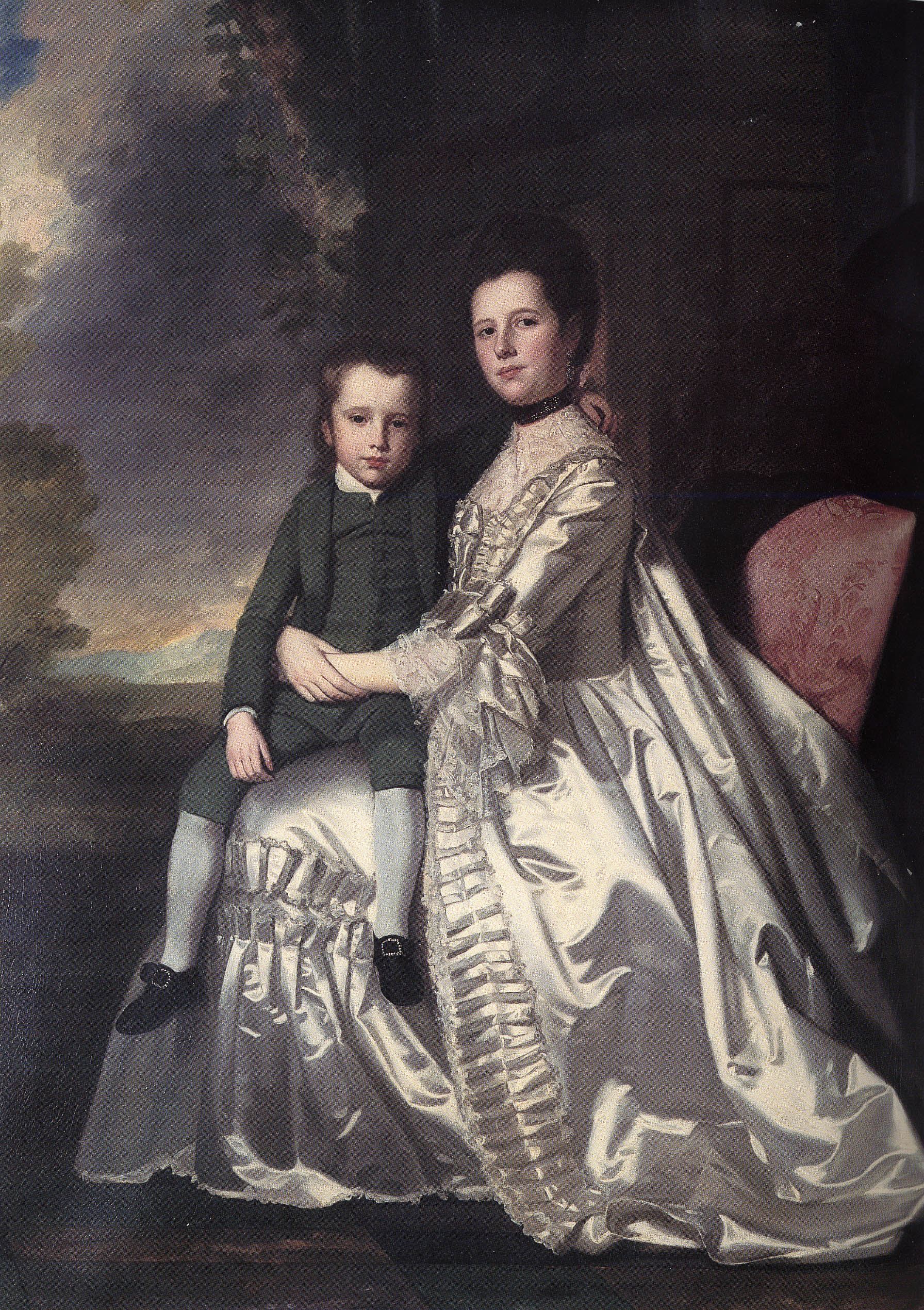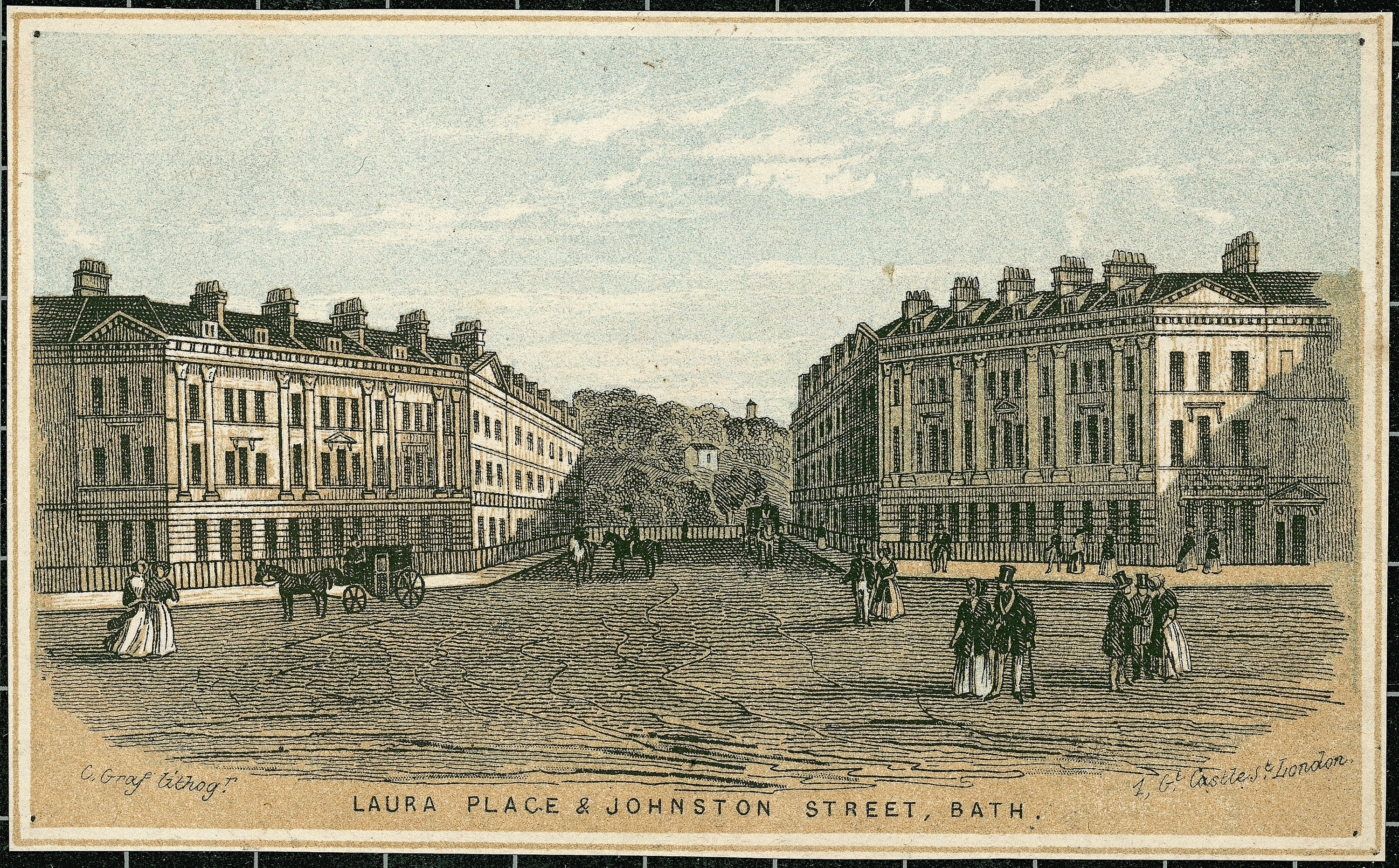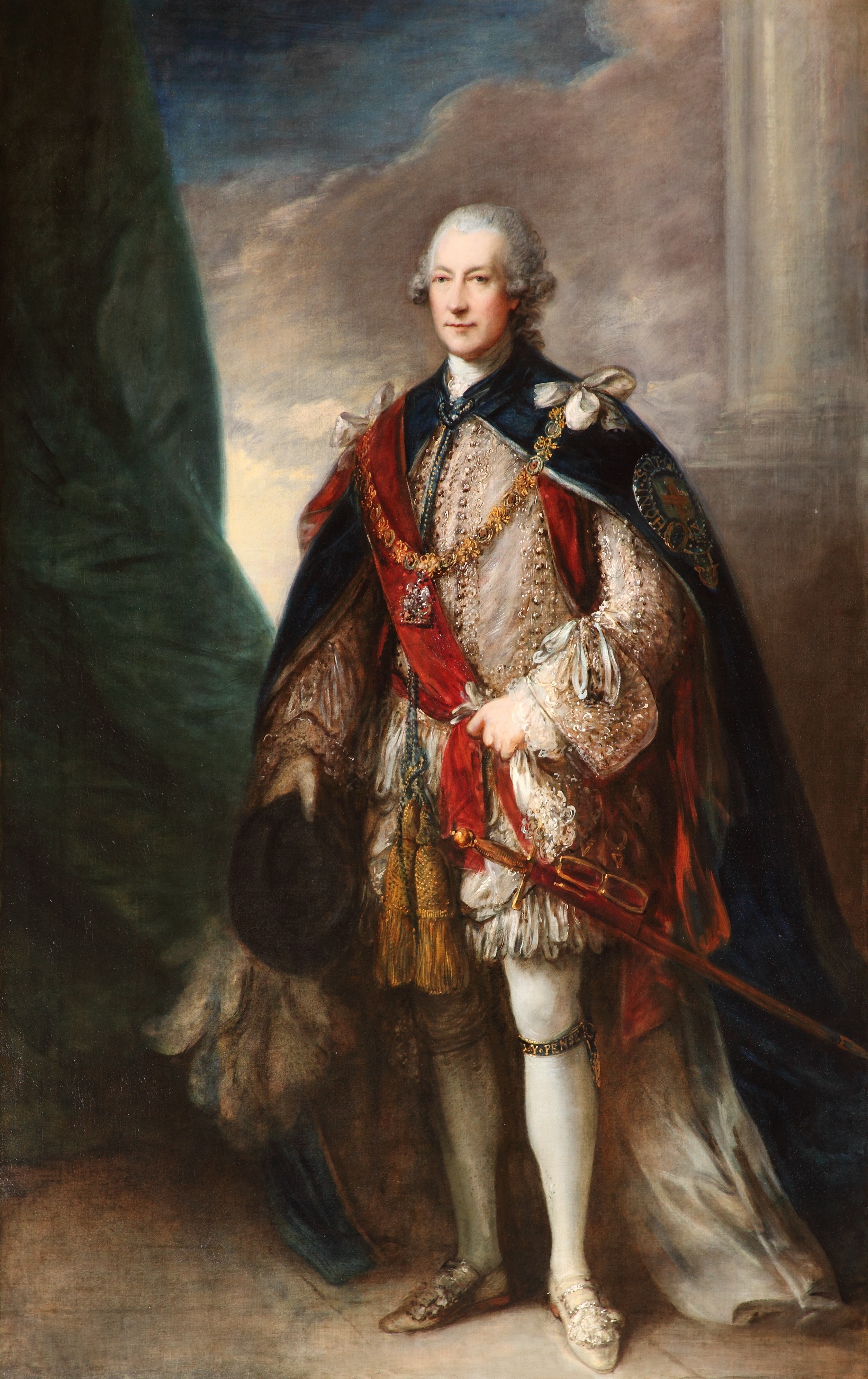 Elizabeth Macie née Elizabeth Hungerford Keate (1728–1800) was the mother of James Smithson. She is the central figure and the driving force behind the events recounted in the Hungerford Deed. Macie was a complex individual, keenly aware of her position in society and continually peering backward toward her paternal family’s heritage while hoping to leverage it for her own better future. Macie was unafraid to buck social and gender norms while fighting for what she wanted, and her dogged commitment to charting her own path likely influenced her son’s later choice to endow the Smithsonian. Macie’s land wealth, represented in the Deed, was one source of Smithson’s fortune, but ultimately, the gift establishing the Smithsonian was worth more than ten times the value of his mother’s entire estate at her death, built through Smithson’s own initiative and choices.1
Elizabeth Macie née Elizabeth Hungerford Keate (1728–1800) was the mother of James Smithson. She is the central figure and the driving force behind the events recounted in the Hungerford Deed. Macie was a complex individual, keenly aware of her position in society and continually peering backward toward her paternal family’s heritage while hoping to leverage it for her own better future. Macie was unafraid to buck social and gender norms while fighting for what she wanted, and her dogged commitment to charting her own path likely influenced her son’s later choice to endow the Smithsonian. Macie’s land wealth, represented in the Deed, was one source of Smithson’s fortune, but ultimately, the gift establishing the Smithsonian was worth more than ten times the value of his mother’s entire estate at her death, built through Smithson’s own initiative and choices.1
Macie was born into a branch of a once-illustrious English family, the Hungerfords. Like most of her family members, Macie was consumed with her heritage, an obsession historian Heather Ewing describes as both a “sickness” and “a talisman of status and privilege.”2 Macie was fixated on finding herself some piece of this lost legacy. Her rose-colored view of the past largely ignored the tumultuous history of the Hungerfords, a tradition their descendant, Macie, continued in her own, sometimes contentious relationships.
No stranger to the legal system, Macie spent much of her life persistently suing and countersuing neighbors and relatives in disputes over these ancestral family properties. Her frequent legal battles form part of a family tradition, with dozens of Hungerford family suits, many of which set relatives against each other, recorded in the National Archives of the United Kingdom. One of the most pertinent cases to the history of the Smithsonian was Macie’s 1782 suit in Chancery Court, which is the culminating historical event recounted in the Hungerford Deed.3 This case pitted Macie against her sister and sought to enforce the legal division of the properties Macie and Walker inherited after their brother’s early death.
 The properties she received as a result represent wealth that would eventually seed Smithson’s own fortune. Macie was previously believed to be the sole source of her son’s money, but research has shown that his mother left him only a fraction of what she could have, since she spent recklessly and was not always a wise investor.4 Not one of the properties listed in the Hungerford Deed passed to her sons.5 Perhaps the most puzzling financial decision Macie ever made was the 1791 sale of Great Durnford Manor, one of the two major estates fought over by Macie and Walker. After years of legal battles, including the lawsuit against her sister, Macie later sold the estate to fund renovations on a home that she even didn’t own and would never be able to pass to her son.6 This home in Weston, near the city of Bath, is listed as one of her residences in the Deed.
The properties she received as a result represent wealth that would eventually seed Smithson’s own fortune. Macie was previously believed to be the sole source of her son’s money, but research has shown that his mother left him only a fraction of what she could have, since she spent recklessly and was not always a wise investor.4 Not one of the properties listed in the Hungerford Deed passed to her sons.5 Perhaps the most puzzling financial decision Macie ever made was the 1791 sale of Great Durnford Manor, one of the two major estates fought over by Macie and Walker. After years of legal battles, including the lawsuit against her sister, Macie later sold the estate to fund renovations on a home that she even didn’t own and would never be able to pass to her son.6 This home in Weston, near the city of Bath, is listed as one of her residences in the Deed.
 Macie’s public and private relationships ran a wide gamut. On the one hand, she maintained a relatively low-profile, decades-long romance with Hugh Percy, the Duke of Northumberland and James Smithson’s father, thanks to her personal charms. On the other, she was willing to publicly air the dirty laundry of her ill-advised second marriage to an unfaithful fortune-hunter called John Marshe Dickinson. Macie and Dickinson’s relationship was incredibly volatile and troubled. He threatened her with physical violence, and she ultimately resorted to the English courts to try and end the marriage. Surviving correspondence shows that neighbors gossiped dismissively and critically about her private affairs, and everyone who sued Macie accused her of making threats to get what she wanted.7
Macie’s public and private relationships ran a wide gamut. On the one hand, she maintained a relatively low-profile, decades-long romance with Hugh Percy, the Duke of Northumberland and James Smithson’s father, thanks to her personal charms. On the other, she was willing to publicly air the dirty laundry of her ill-advised second marriage to an unfaithful fortune-hunter called John Marshe Dickinson. Macie and Dickinson’s relationship was incredibly volatile and troubled. He threatened her with physical violence, and she ultimately resorted to the English courts to try and end the marriage. Surviving correspondence shows that neighbors gossiped dismissively and critically about her private affairs, and everyone who sued Macie accused her of making threats to get what she wanted.7
Like all of us, Macie was a human being: complex, complicated, and sometimes self-contradictory. She was capable of clever self-promotion, smart social positioning, and able navigation of English legal systems, but also prone to rash and emotional decisions that could prove unwise and even disastrous. This atmosphere of constantly changing fortunes that characterized Macie’s life shaped her son, James Smithson, into a man who would give his fortune to a country he never visited. His mother’s obsession with family legacy in the form of inherited wealth and property was passed on to him but took on additional meaning. While he prioritized family in his will by leaving his fortune to his nephew, he also provided for a different legacy, one that looked outside of himself and his family.8 Rooted in science and the pursuit of knowledge for the betterment of humanity, the ultimate result of Smithson’s bequest—the Smithsonian Institution—forever established him as a benefactor of mankind.
Footnotes
1 Heather Ewing, The Lost World of James Smithson: Science, Revolution, and the Birth of the Smithsonian (New York: Bloomsbury, 2007), 14–15. Back to text
2 Ewing, The Lost World of James Smithson, 25. Back to text
3 Macie v Walker, 1782 (amended 1784), C 12/1261/38, The National Archives, London. Back to text
4 Ewing, The Lost World of James Smithson, 19. Back to text
5 Will of Elizabeth Macie, Widow of Saint George Hanover Square, Middlesex, May 16, 1800, PROB 11/1343/44, The National Archives, London. Back to text
6 Ewing, The Lost World of James Smithson, 19. Back to text
7 Ewing, The Lost World of James Smithson, 35–41. Back to text
8 Draft of the Will of James Smithson, 1826, Record Unit 7000, Box 2, Smithsonian Institution Archives. Compare Will of James Smithson of Bentinck Street Cavendish Square, Middlesex, November 4, 1829, PROB 11/1763/129, The National Archives, London; Ewing, The Lost World of James Smithson, 299–309. Back to text
